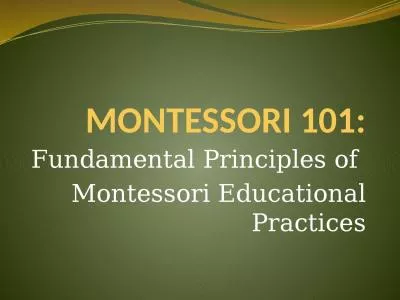PPT-Montessori Math Why is it successful?
Author : calandra-battersby | Published Date : 2018-11-05
Dilek Buchholz PhD Belfair Montessori Magnet Elementary PreKK Montessori Teacher dbuchholzebrschoolsorg Pamela Autrey PhD Belfair Montessori Magnet Elementary PreKK
Presentation Embed Code
Download Presentation
Download Presentation The PPT/PDF document "Montessori Math Why is it successful?" is the property of its rightful owner. Permission is granted to download and print the materials on this website for personal, non-commercial use only, and to display it on your personal computer provided you do not modify the materials and that you retain all copyright notices contained in the materials. By downloading content from our website, you accept the terms of this agreement.
Montessori Math Why is it successful?: Transcript
Download Rules Of Document
"Montessori Math Why is it successful?"The content belongs to its owner. You may download and print it for personal use, without modification, and keep all copyright notices. By downloading, you agree to these terms.
Related Documents

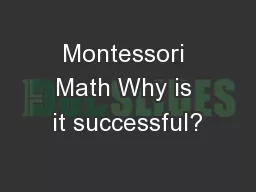
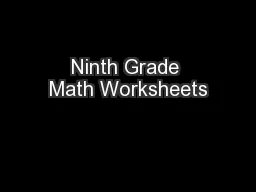
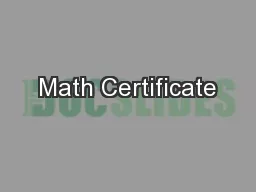
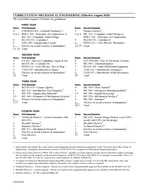
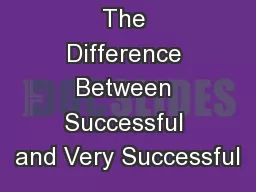
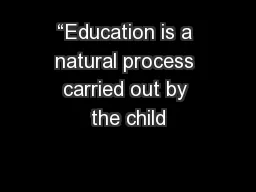
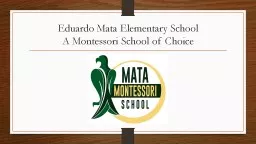
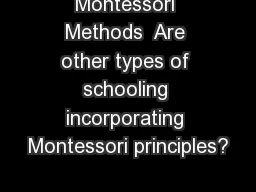

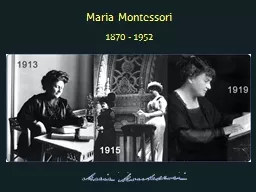

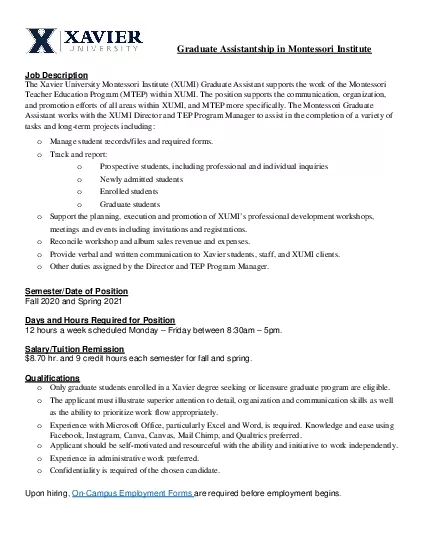
![[EBOOK] Montessori Reading Workbook: A LEARN TO READ activity book with Montessori reading](https://thumbs.docslides.com/1007996/ebook-montessori-reading-workbook-a-learn-to-read-activity-book-with-montessori-reading-tools-montessori-activity-books-for-home-and-school.jpg)
